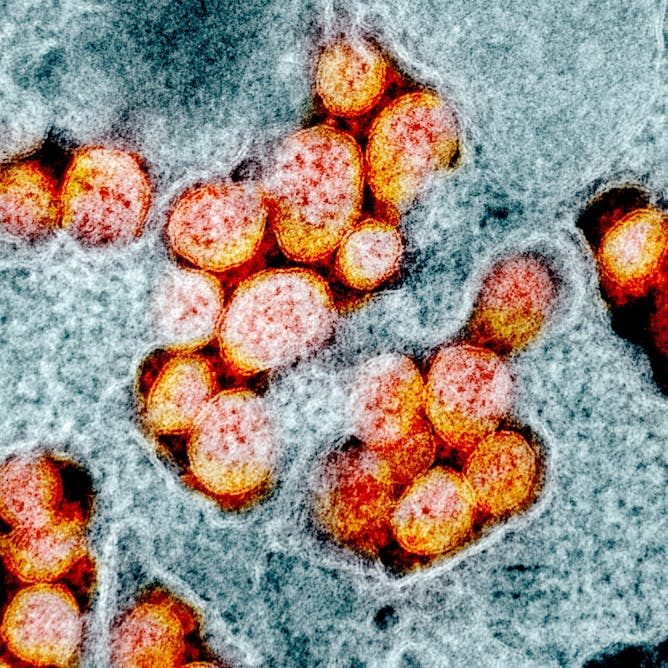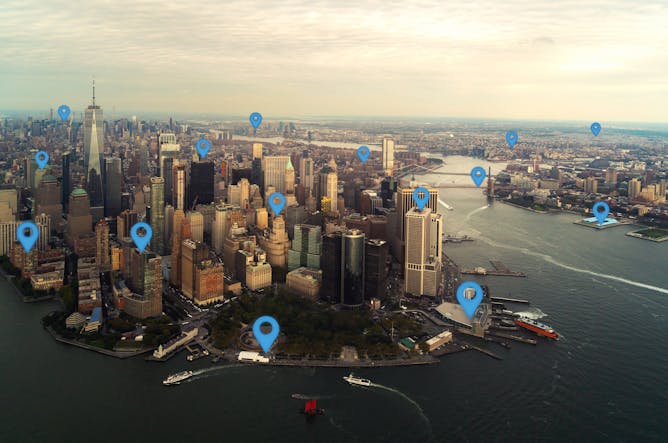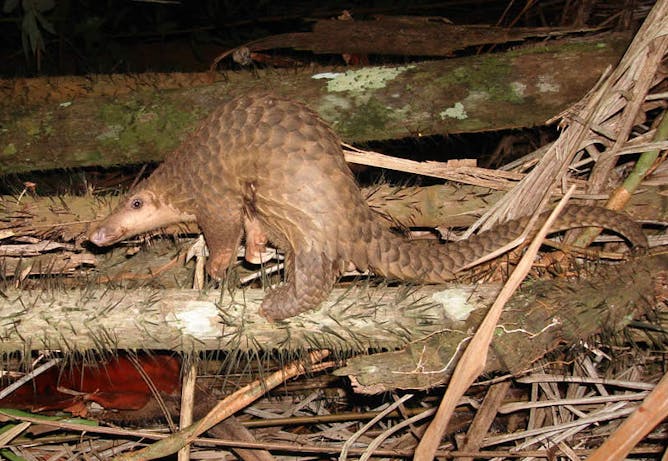|
With so much discussion of the new coronavirus, it seems like we all need to become amateur virologists to understand how this pandemic is progressing. This week we had actual virologists explain two key concepts: infectious dose and viral load.
Apple and Google have announced a way to track a smartphone user's contact with someone who tested positive for COVID-19; a technology, law and security scholar unpacks the privacy implications of surveillance and tracking systems that may be used as public health tools.
This week’s science and research newsletter also features a fascinating chapter in the science of handwashing, findings on the impact the Deepwater Horizon oil spill had on ocean life and more.
I welcome your comments or question; you can just reply to this email to reach us.
|

SARS-CoV-2 virus particles, isolated from a patient and imaged using a transmission electron micrograph.
NIAID
Marta Gaglia, Tufts University; Seema Lakdawala, University of Pittsburgh
Two phrases you hear a lot these days are viral load and infectious dose. What do they mean? Do they reflect the severity of disease or whether someone will get severely ill? Two experts explain.
|

Digital footprints.
Prasit photo/Moment via Getty Images
Jennifer Daskal, American University
Cellphone data can show who coronavirus patients interacted with, which can help isolate infected people before they feel ill. But how digital contact tracing is implemented matters.
|

This Sunda pangolin found throughout Southeast Asia is currently considered to be critically endangered.
Piekfrosch / German Wikipedia
Yang Zhang, University of Michigan; Chengxin Zhang, University of Michigan; Wei Zheng, University of Michigan
When a new virus emerges and triggers a pandemic, it is important to trace its origins. Knowing more about how the virus jumped species in the first place can help curb future zoonotic diseases.
|